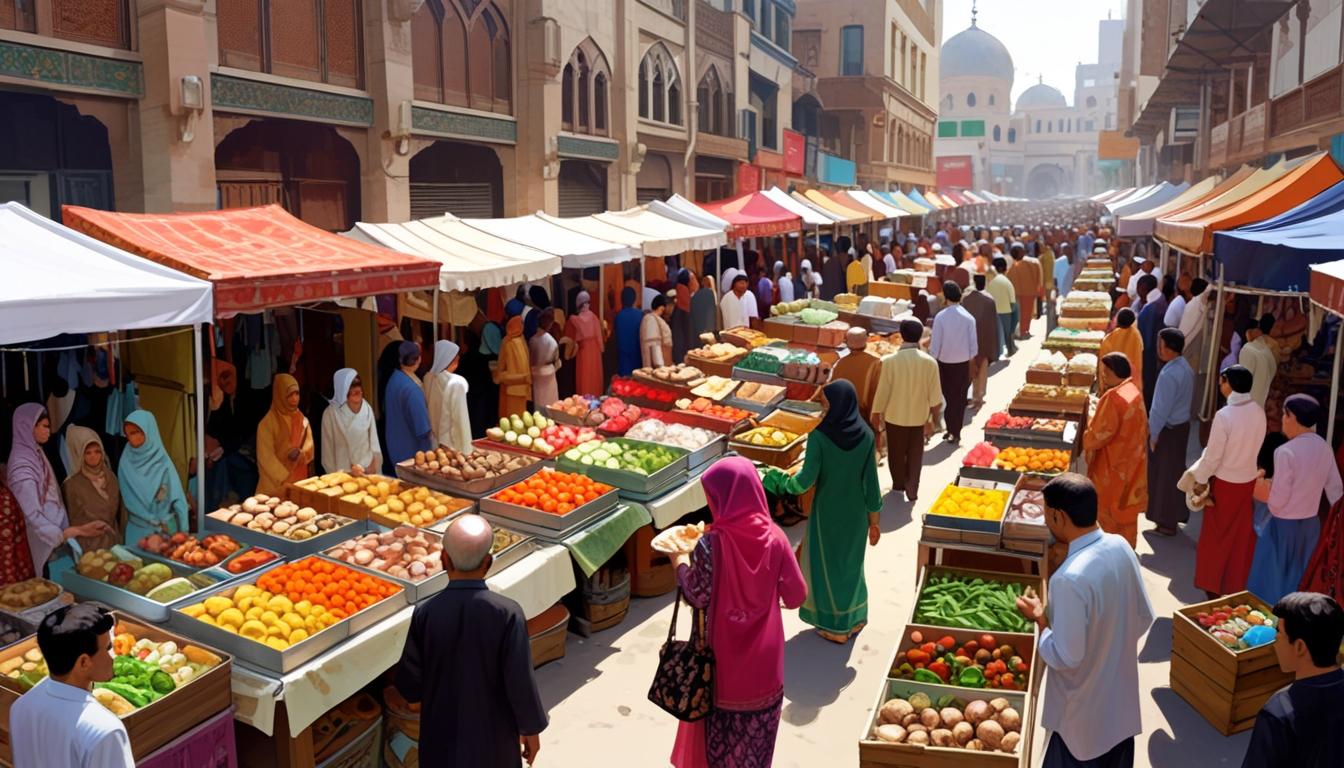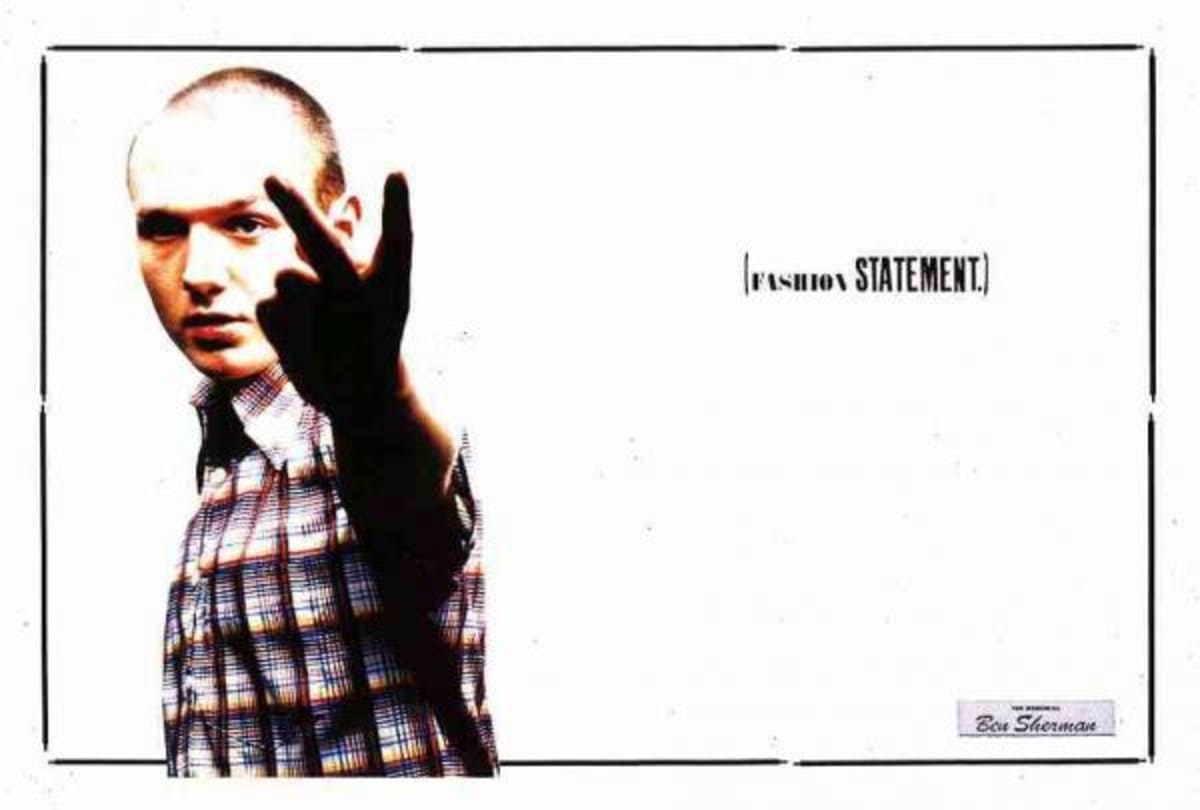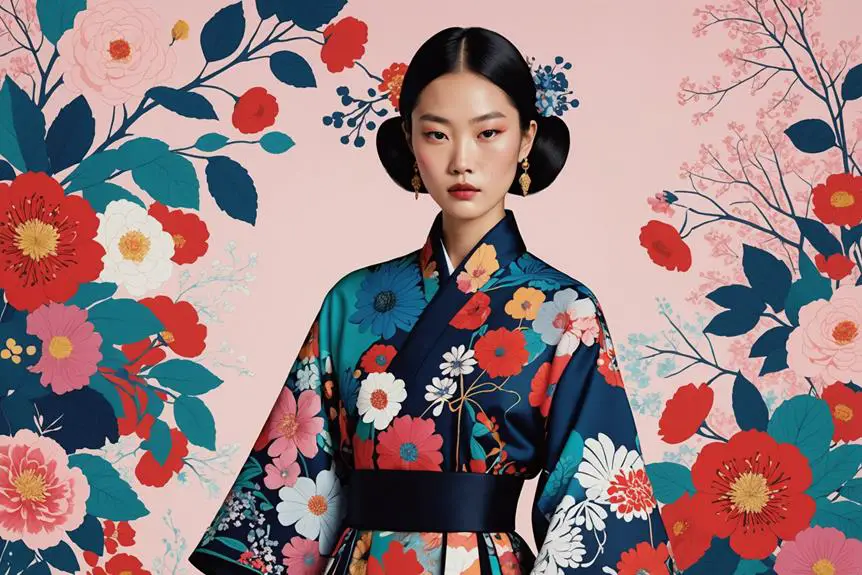As Pakistan celebrates Eid, a rich tapestry of fashion trends emerges, blending traditional styles with contemporary flair.
Eid in Pakistan is a vibrant cultural celebration that blends tradition, fashion, and familial gatherings, marking the end of Ramadan with colorful festivities. The Express Tribune reports that the event is infused with preparation and excitement, particularly evident on Chand Raat, the eve of Eidul Fitr, when bazaars are filled with shoppers and the scent of traditional dishes, such as sheer khurma, wafts through households.
Fashion during Eid has undergone a remarkable transformation over the years. While traditional looks are inspired by religious observance, there has been a noticeable shift in the styles and colors favored for this occasion. This year’s trends leaned towards bold colors and retro designs. Asad Ahmed, a fashion industry veteran, explained, “Since the past two years, we have seen a trend towards brighter colours in lighter and breathable fabrics.” This year, jewel tones including mustard yellow and ruby red surged in popularity, complemented by trends featuring silver and metallic embellishments that lend a modern twist to traditional garments.
The farshi shalwar, a style that harks back to the Mughal era, saw a resurgence this Eid. Women paired the flared shalwar with short kurtis and intricately embroidered dupattas, showcasing their cultural heritage. Social media played a significant role in reviving this trend, with fashion influencers sharing their interpretations, often tying their outfits to family memories. Samar Faheem, a 22-year-old, noted, “I tried to copy one of my grandmother’s older photos…”
Meanwhile, popular styles like shararas and ghararas continued to endure, with younger generations opting for layered looks in rich fabrics such as tissue silk and organza. Faheem shared her fond memories of Eid celebrations with her sisters, emphasizing the continuation of family traditions through fashion.
Men’s fashion has also evolved, moving beyond the classic white shalwar kameez to more sophisticated variations. This year’s standout item was the “lightening kurta,” characterized by its soft sheen and delicate metallic threads. Mansoor Khan, a tailor, highlighted this shift, saying, “This year, many men have opted for lightening kurtas,” with some even incorporating LED lights into their designs for added flair. Layering became a popular technique as well, with embroidered shawls and open-front sherwanis making a comeback, particularly for formal settings.
Accessories played an integral role in completing Eid outfits. Women frequently donned kolhapuris and khussas, adorned with hand embroidery and mirror work, while men typically wore Peshawari chappals. Children’s attire mirrored adult fashion, with many daughters and sons decked out in miniature versions of their parents’ ensembles.
The final week of Ramadan heralds a flurry of tailoring activity across Pakistan, with many tailors overwhelmed by the surge in orders. Naeem Tailors in Karachi noted a distinct demand for vintage styles reminiscent of the 1990s, a reflection of fashion’s cyclical nature. The rise in retro styles was echoed on social media, where bloggers explored sustainable fashion options, promoting recycled clothing and creative accessory designs.
The dynamism of Eid fashion in Pakistan underscores the celebration’s role in uniting generations and showcasing personal style. With a harmonious blend of past and present, this year’s trends illustrate that Eid not only signifies a religious observance but also serves as a canvas for cultural expression and innovation. Each Pakistani Muslim continues to craft their own narrative through the clothes they wear during this significant time, whether embracing futuristic designs or honoring traditional silhouettes.
Source: Noah Wire Services




